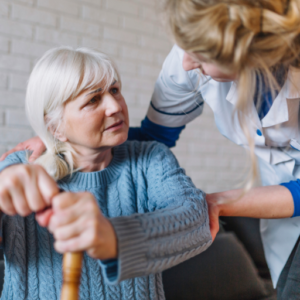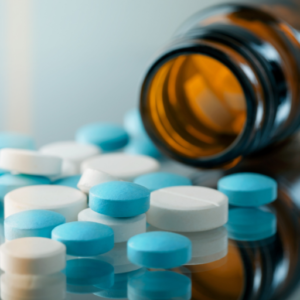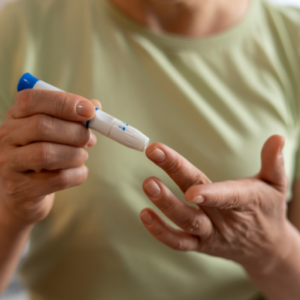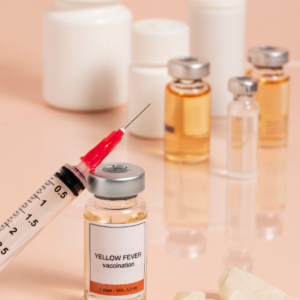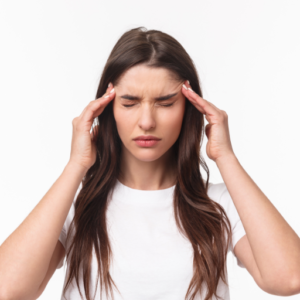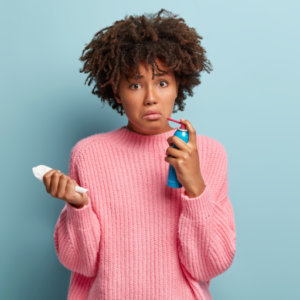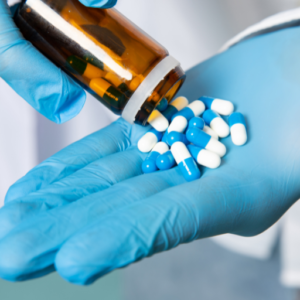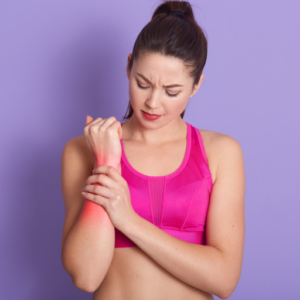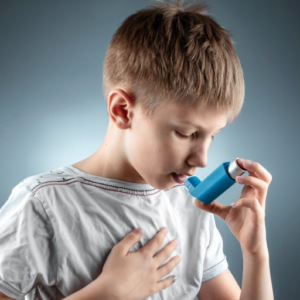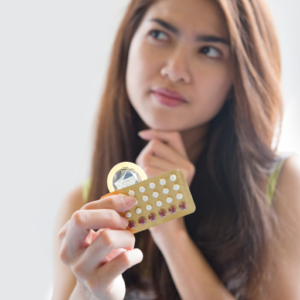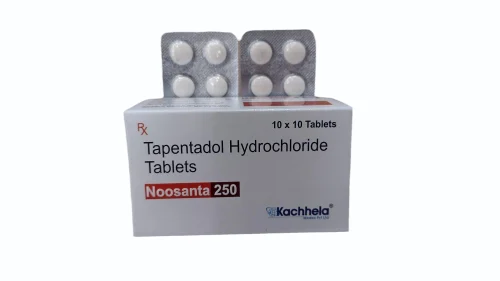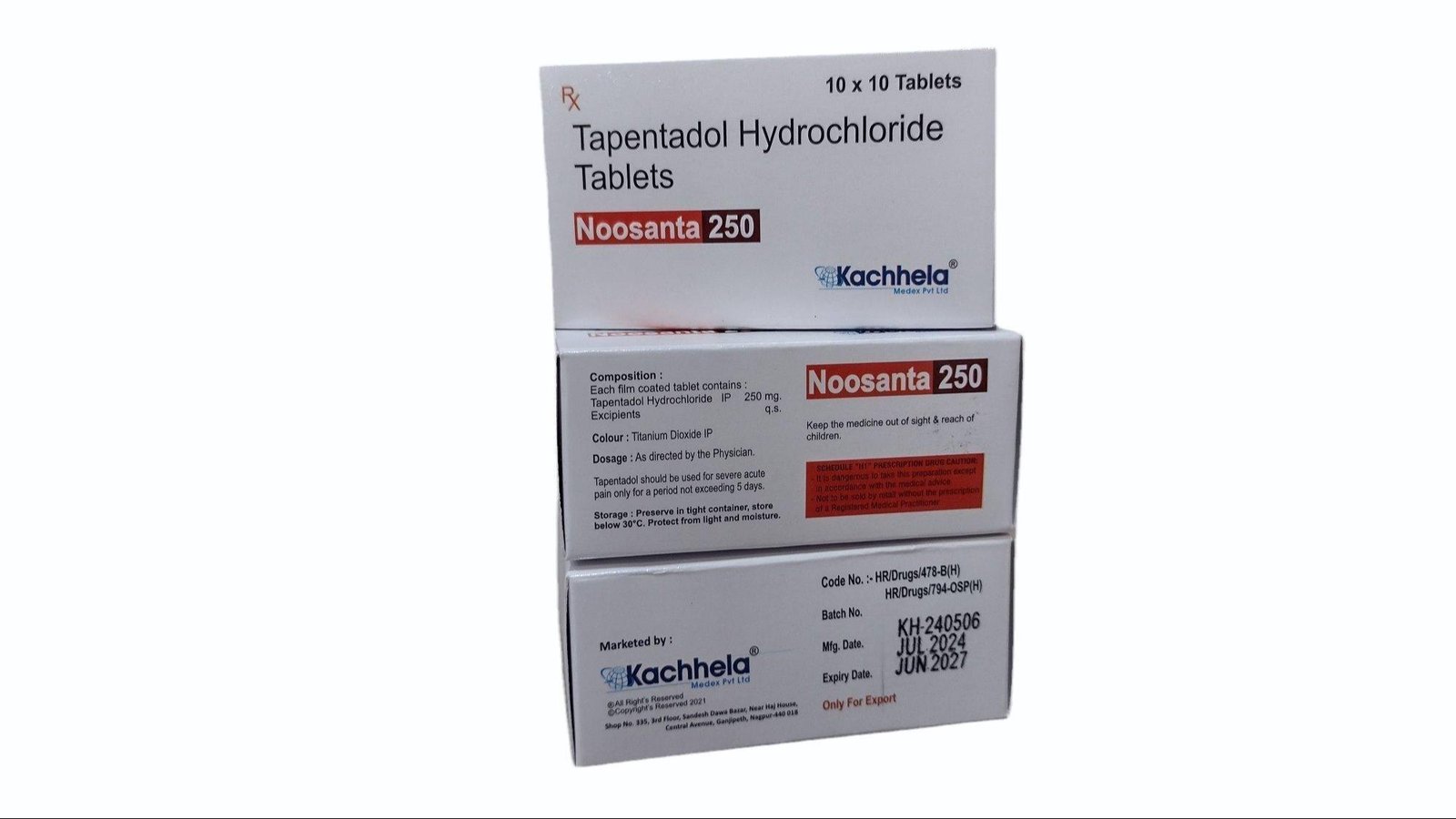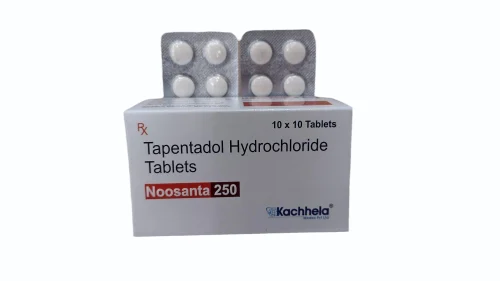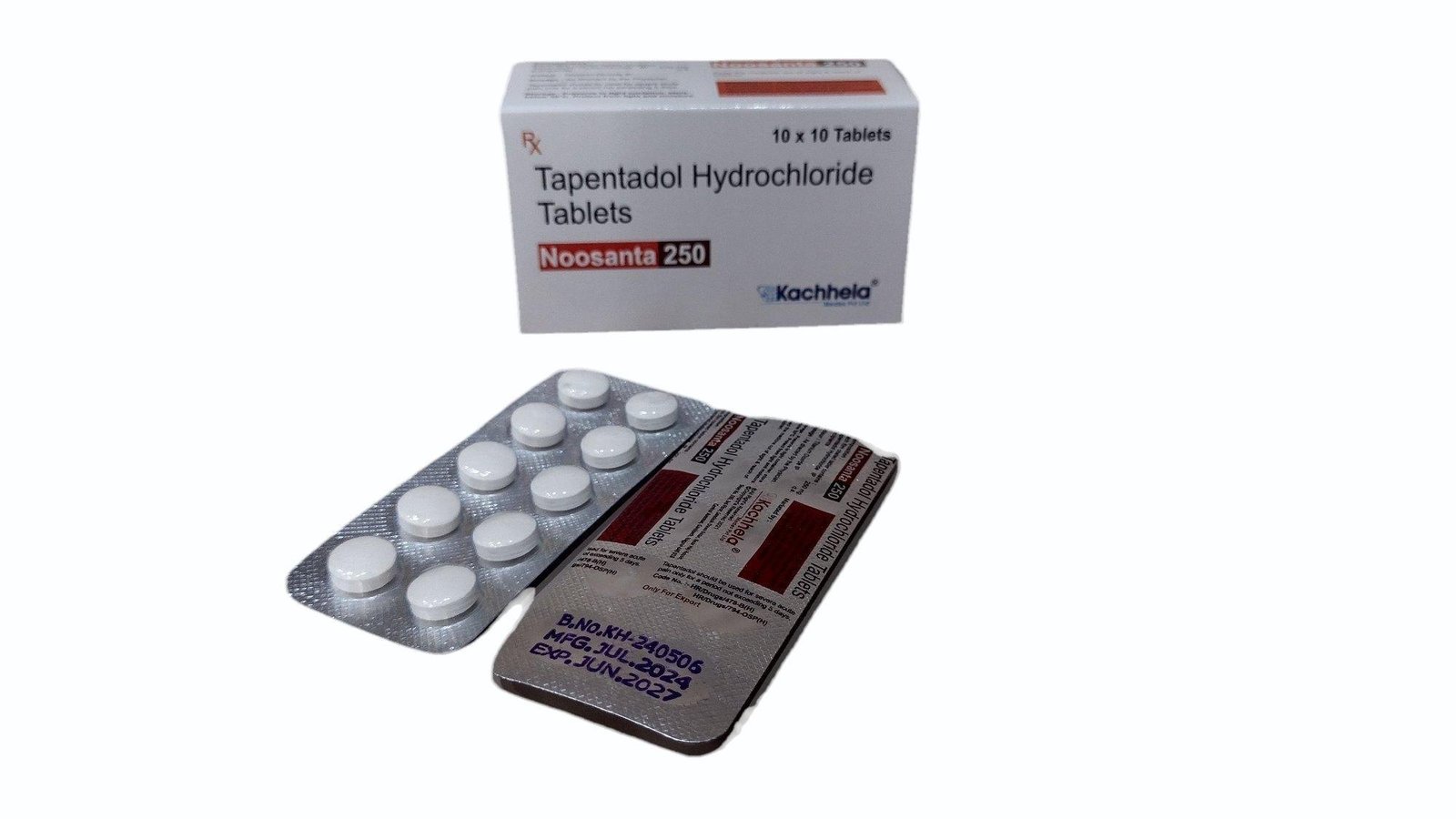Noosanta 250mg
| Package | Per tablet | Savings | Price |
|---|---|---|---|
| 180 tablets | $1.23 | $72.04 | $293.04 $221 |
| 150 tablets | $1.27 | $54.2 | $244.2 $190 |
| 120 tablets | $1.29 | $40.36 | $195.36 $155 |
| 90 tablets | $1.37 | $23.52 | $146.52 $123 |
| 60 tablets | $1.47 | $9.68 | $97.68 $88 |
| 30 tablets | $1.6 | – | $48.84 |
What is this medicine?
NOOSANTA (Paracetamol 250 mg) is a pain reliever and a fever reducer. It is commonly used to treat mild to moderate pain (such as headache, muscle aches, arthritis, backache, toothaches, colds) and to reduce fever. It works by inhibiting the release of certain chemical messengers (prostaglandins) in the brain that signal pain and fever.
What should I tell my health care provider before I take this medicine?
They need to know if you have any of these conditions:
-
liver disease
-
kidney disease
-
alcohol dependency
-
frequent use of other medicines containing paracetamol
-
poor nutritional status or dehydration
-
an unusual or allergic reaction to paracetamol (acetaminophen), other medicines, foods, dyes, or preservatives
-
if you are pregnant or trying to become pregnant
-
if you are breast-feeding
How should I use this medicine?
Take this medicine by mouth with a glass of water. Follow the directions on the package or as prescribed by your doctor. Do not take more often than directed.
Do not exceed the recommended dose, as taking too much paracetamol can cause serious liver damage.
Overdosage: If you think you have taken too much of this medicine (especially more than 4,000 mg of paracetamol in 24 hours), contact a poison control center or emergency room at once, even if you feel well.
What if I miss a dose?
If you miss a dose, take it as soon as you remember. If it is almost time for your next dose, take only that dose. Do not take double or extra doses.
What may interact with this medicine?
-
alcohol
-
blood thinners (like warfarin)
-
medicines used to treat epilepsy (such as carbamazepine, phenytoin)
-
rifampicin (an antibiotic)
-
isoniazid (used for tuberculosis)
-
other products containing paracetamol or acetaminophen (including many over-the-counter cold or flu medicines)
This list may not describe all possible interactions. Give your health care provider a list of all the medicines, herbs, non-prescription drugs, or dietary supplements you use. Also tell them if you smoke, drink alcohol, or use illegal drugs.
What should I watch for while using this medicine?
-
Do not take other medicines that contain paracetamol at the same time, as this increases the risk of liver damage.
-
Avoid drinking alcohol while taking this medicine, as it can increase the risk of liver toxicity.
-
Tell your doctor if your symptoms do not improve or get worse.
-
Let your doctor know if you develop symptoms of liver problems, such as yellowing of the skin or eyes (jaundice), dark urine, or severe fatigue.
-
If you are taking this medicine regularly for more than a few days, your doctor may want to monitor your liver function.
What side effects may I notice from this medicine?
Side effects that you should report to your doctor or health care professional as soon as possible:
-
allergic reactions like rash, itching or hives, swelling of the face, lips, or tongue
-
trouble breathing
-
yellowing of the skin or eyes
-
unusual bleeding or bruising
-
persistent nausea or vomiting
-
dark urine or pale stools
Side effects that usually do not require medical attention (report if they persist or become bothersome):
-
mild nausea or upset stomach
-
loss of appetite
-
rash (mild)
-
tiredness or drowsiness
This list may not describe all possible side effects.
Where should I keep my medicine?
-
Keep out of the reach of children.
-
Store at room temperature between 20 and 25 degrees C (68 and 77 degrees F).
-
Protect from moisture and heat.
-
Do not use after the expiration date.
-
Safely discard any unused medicine after it is no longer needed or has expired.



